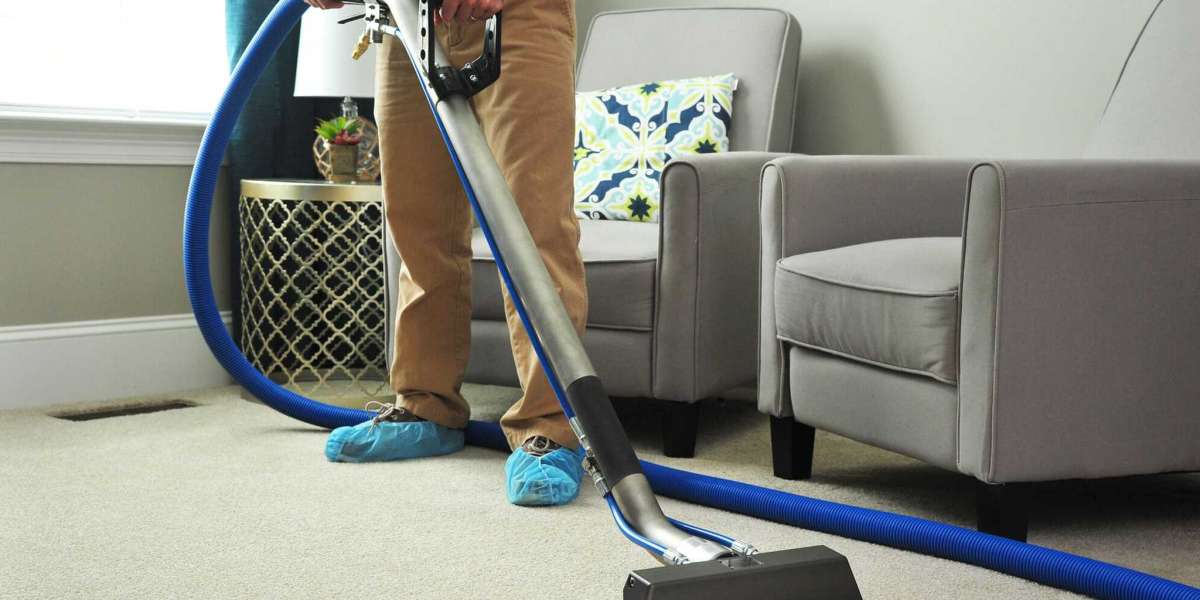Reliability is one of the strongest reasons to use compressed air, and proper filtration is the key to maximizing reliability and longevity. Compressed air to Air Filter Regulator can carry condensed water, oil carryover from compressors, solid impurities (pipe scale and rust) generated within the pipelines, and other wear particles from the ambient air. These contaminants can cause problems at every point of use, and should be removed by installing suitable filters.
Contaminant particle size is measured in micrometers (µm), which each represents one-millionth of a meter or 0.000039 of an inch. Filters are rated according to the minimum particle size that their elements will trap. Although filters rated at 40 to 60 µm are adequate for protecting most industrial applications, many point-of-use filters are rated at 5 µm. Note that finer ratings increase the pressure drop through the filter, which equates to higher energy cost to compress the air.
In addition, finer filters clog more rapidly, also increasing pressure drop. (In other words, while filters finer than necessary do no harm to downstream components, they will have a negative impact on air system operating cost.)
Point of use filter
Many filter manufacturers will define the expected pressure loss and dirt holding capacity, using curves related to pressure and flow. Therefore, particle-removal filters should be selected based on acceptable pressure drop and pipe-connection size.
A typical pressure drop through such filters would be between 1 and 5 psig. A filter with larger body size will produce less initial pressure loss and provide longer operating life than a smaller size filter with the same removal ratings.
Most point-of-use filters claim to remove condensed water, typically via a form of cyclone separator at their inlet end. The water-removal efficiency of such filters is very dependent on the incoming air velocity. Therefore, these filters must be matched to the intended airflow, rather than acceptable pressure drop.
If the filter is intended to remove moisture, an integral automatic float-type drain should be provided to periodically remove accumulated liquids from the filter bowl. Generally, such filters have transparent polycarbonate bowls, which allow easy visual inspection of the sump level.
Numerous chemicals can attack this plastic material and it only performs well at pressures below 150 psig and temperatures between 40° and 120° F. A metal bowl may be required when the filter could be subjected to conditions outside those limits, as well as when synthetic compressor lubricants, which often contain chemicals that are harmful to polycarbonate, are present.
We wholesale Air Duster Gun and welcome to your come.








